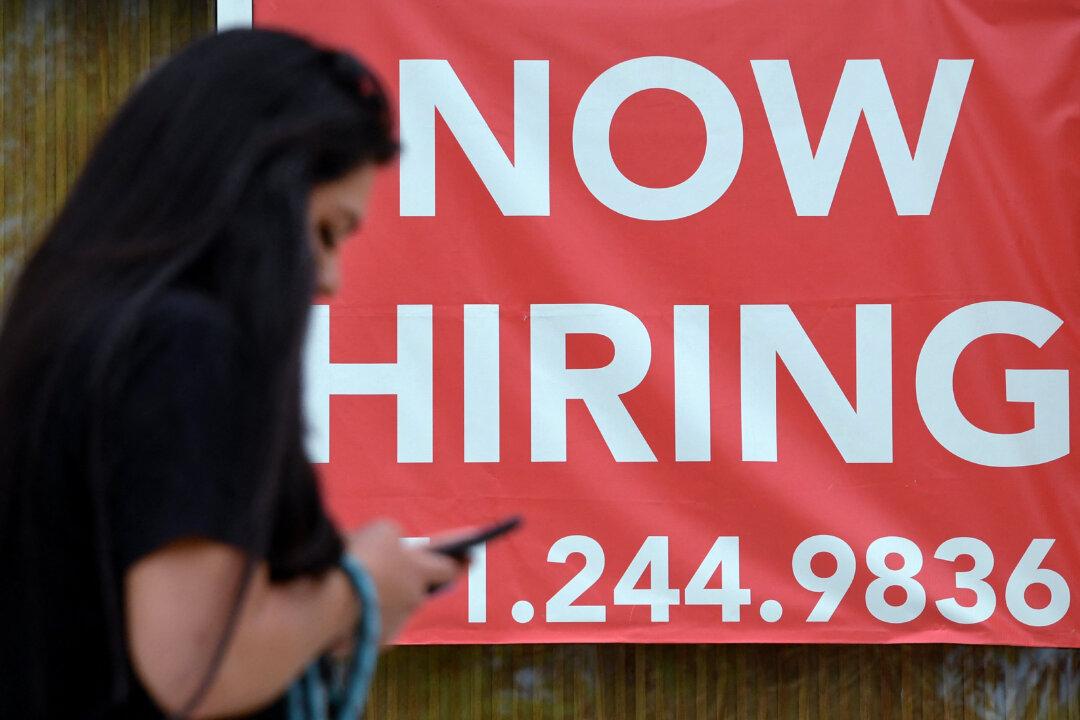As labor shortages intensify amid The Great Resignation, companies are making several adjustments to current market conditions.
In December, job openings totaled 10.925 million, topping the market estimate of 10.3 million, according to the U.S. Bureau of Labor Statistics (BLS). The number of employment “quits” eased from November’s record high, coming in at 4.338 million.





